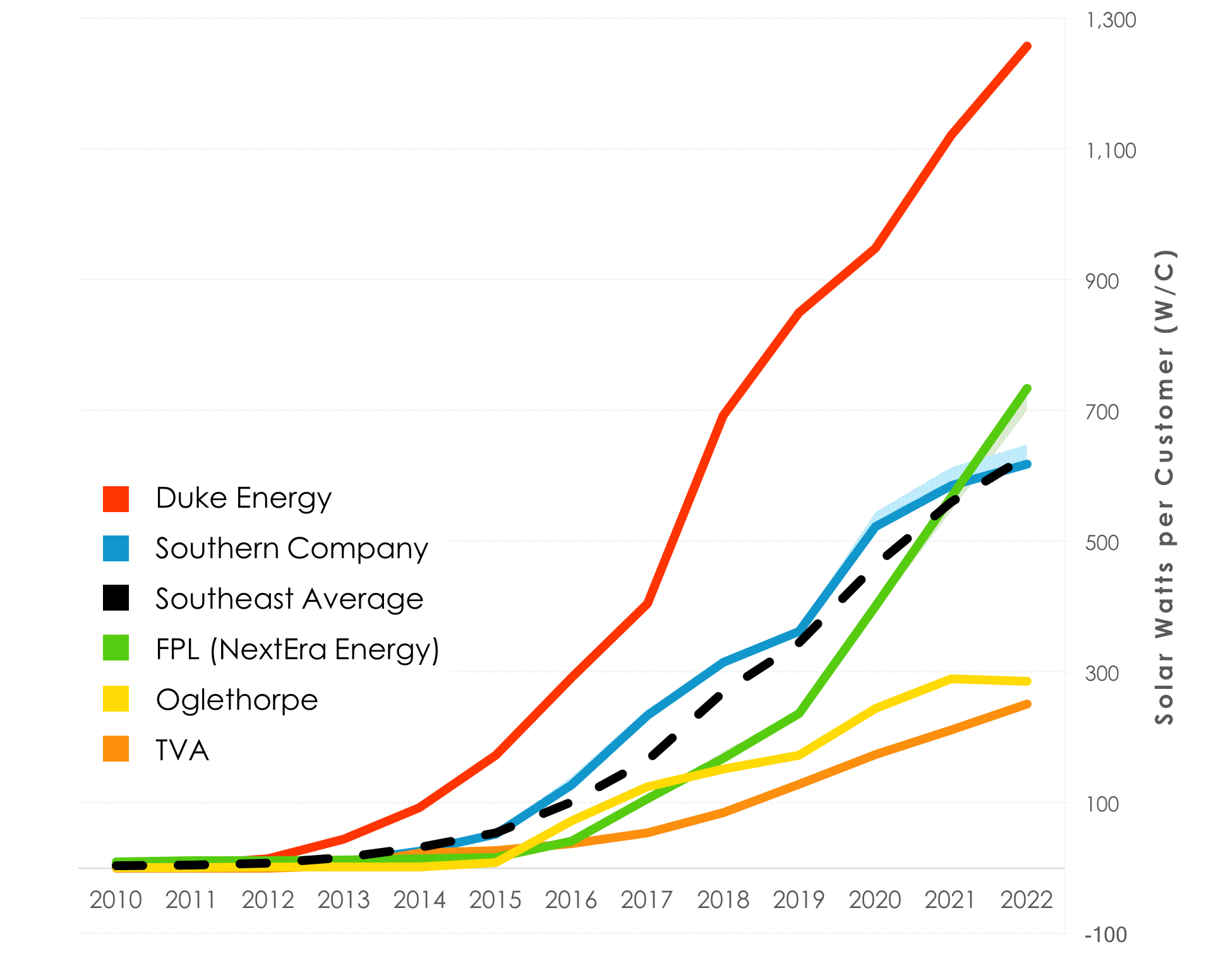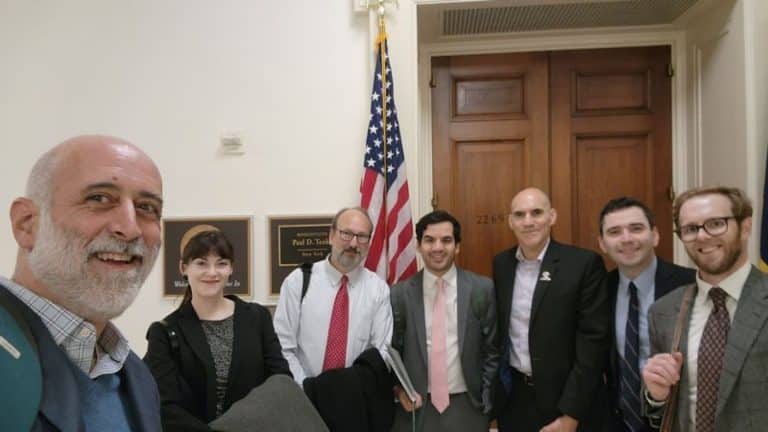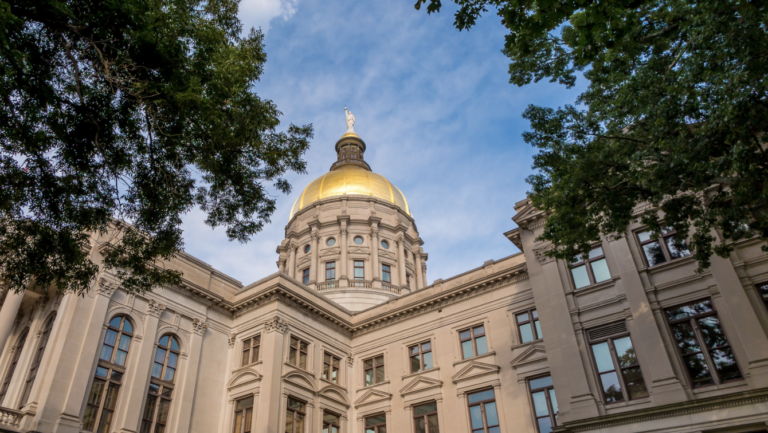The Tennessee Valley Authority (TVA) has a Board Meeting on Thursday. So it seems timely to elaborate on the statement from part 1 in this blog series that…
“We also have some repeat offenders [on the report]. Santee Cooper, Seminole Electric Cooperative and the Tennessee Valley Authority remain on the list of utilities whose forecast solar ratio for 2022 will remain below the region average from 2018.”
![]()
We refer to these as SunBlockers. And the Tennessee Valley Authority (TVA) is the largest of them — serving approximately 4.8 million customers. The fact that TVA has returned to this inauspicious list should not be a surprise. In the middle of last year, SACE signaled that TVA was on track for it’s worst solar year since 2011. And they did indeed disappoint.
As a reminder, the average solar ratio for Southeastern utilities from 2018 was 269 watts per customer (W/C). Despite significant solar projects specifically for companies operating within TVA’s service territory (namely Facebook and Google) totaling 677 MW, SACE projects the solar ratio for TVA to be just 251 W/C in 2022. In other words, four years from now, TVA will still be below last year’s region average. And TVA’s recently released draft Integrated Resource Plan (IRP) unfortunately continues to reflect limited solar ambition throughout SACE’s four-year forecast period.

For the near-term, TVA is planning solar exclusively for large corporate customers rather than serving its public power obligation. These corporate projects represent leadership by those corporations rather than evolved thinking by TVA management. It certainly does not support TVA claims of a “solar Renaissance.”
Beyond the solar to service these corporate customers, TVA is planning virtually no utility-scale solar through 2022. And, regarding small-scale, distributed solar (where TVA had been an early leader), it has recently begun aggressively using a self-regulated rate design process to undercut solar penetration and dis-incentivize distributed solar throughout the Valley.
After decreasing the rate it pays for solar power produced by these customer-generators in 2018, TVA has announced it will sunset the Green Power Providers program at the end of 2019 with no current plan to replace it, further slowing solar development and planning ability.
SACE submitted comments on the proposed TVA Integrated Resource Plan pointing out that that process assumed unrealistically high costs for solar (and other clean energy technologies) and imposed arbitrary caps on annual solar additions. We are calling on TVA to rebuild the IRP in a transparent and objective manner, and if they refuse to do so, we are suggesting that the TVA Board of Directors reject the IRP in its current form. A summary of our comments is posted here.
Addressing the deficiencies in the IRP process could help TVA move off the SunBlocker list for the next Solar in the Southeast annual report.
#SSR2018
Catch up on the entire “Solar in the Southeast” 2018 report series.
Read Part 1 of the blog series, giving an overview of the report.
Read Part 2 of the blog series, highlighting SunRisers across the region.
Read Part 3 of the blog series, mapping out current and future utility leaders across the region.
Read Part 5 of the blog series, where we shine light on corporate leaders.
Watch the “Solar in the Southeast” webinar recorded on 4/16.


